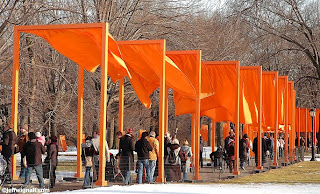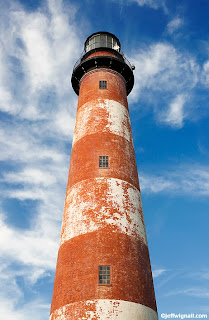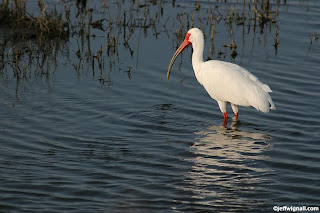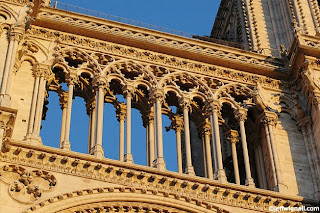 One of the most important ways to develop as an artist, whether art is your hobby, your passion or your profession, is to look at what other artists have done. It's impossible, I think, to be successful in any artistic medium (photography included), unless you know where other artists have taken it in the past. All art has a history and a progression and it's important to immerse yourself in that history whenever you get the chance. Most works of art are created to have a more or less permanent existence and there's hardly a town or a city where you won't find at least one museum to go visit and study and be near great art. But there are also artists who believe that art is best experienced as just that--an experience--and they create artworks that are more temporary in nature.
One of the most important ways to develop as an artist, whether art is your hobby, your passion or your profession, is to look at what other artists have done. It's impossible, I think, to be successful in any artistic medium (photography included), unless you know where other artists have taken it in the past. All art has a history and a progression and it's important to immerse yourself in that history whenever you get the chance. Most works of art are created to have a more or less permanent existence and there's hardly a town or a city where you won't find at least one museum to go visit and study and be near great art. But there are also artists who believe that art is best experienced as just that--an experience--and they create artworks that are more temporary in nature.In 2005 a project called the Gates, created by artists Christo and his wife Jeanne-Claude, was put on display in Central Park in New York. It was one of the most ambitious and important art installations in history and millions of people experienced the fun and excitement of walking through endless miles of brilliant orange metal and fabric gates. I was fortunate enough to see the Gates on one of the last days of the installation and it was one of the most inspiring and enthralling art experiences of my life. It was also one of the most fun days I've ever had in New York City. Walking under the flapping bright-orange fabric flags, along with thousands of other art lovers, was a far more emotional and spiritually-exuberant experience than I had expected. Some kind of magic descended on Central Park that I think was shared by almost everyone who went to see the Gates and that magic changed the way we all thought about the park, art and one another.
It took nearly 25 years for Christo and Jeanne-Claude to plan, create and get permission for their incredibly ambitious project and it cost a fortune to produce. They believed in their art though and they had faith in the project that they had devoted so much of their lives to making a reality. And while some critics criticized and made fun of the installation, those people who visited walked around with frozen grins and excited expressions. I'm sure none of them will ever forget the experience of being there.
Sadly, Jeanne-Claude passed away in New York on November 18, 2009. In her life though, she and Christo changed the way the world looks at art and brought smiles and looks of wonder to millions of faces. Jeanne-Claude knew that art, whether "permanent" or temporary, is made to be experienced and to uplift the human spirit and that's why she spent her entire life creating it.
Whether you go to a museum to look at a paintings that are centuries old or take part in a live art happening, seeing art in person is a great way to awaken your imagination and to witness the power of creativity.
Go be a part of art and I guarantee the inspiration will show in your own photos.





























